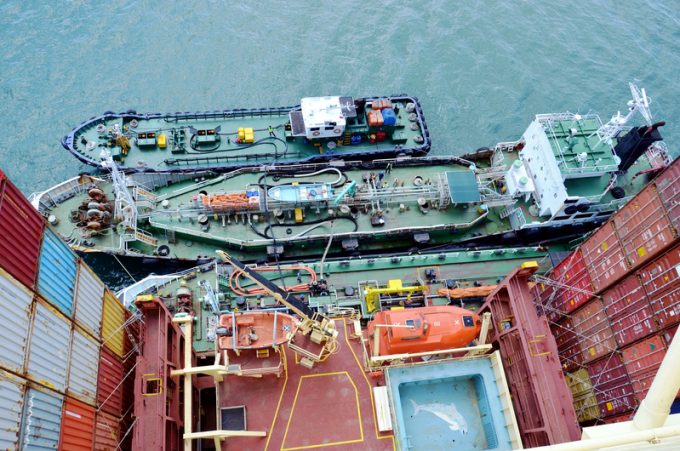Clear choice for shippers and forwarders, thanks to Rijeka terminal moves
Shippers and forwarders in central and southern Europe using the Croatian container gateway of Rijeka ...

As lockdown measures ease around of the world, trading has picked up, resulting in more containers being shipped and prompting some carriers to increase rates and ’un-blank’ some sailings.
These first steps towards recovery of the market, however, are tentative, with much uncertainty as to how ...


Comment on this article